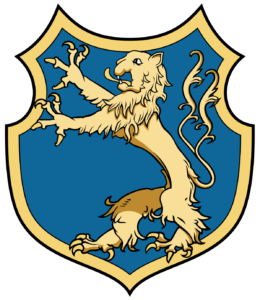Cegléd

Cegléd is in Hungary and it became a Turkish-owned town right after the capture of Szolnok in 1553. It enjoyed more peace than most because it belonged directly to the Sultan. Many area villagers flocked there to find refuge. The cold, outdoor cattle-keeping become the main source of living.

Cegléd joined an alliance with Kecskemét and Nagykőrös in the 1550s and possessed a higher level of independence and local authority. Almost everybody was a Calvinist and they had a Reformed college as well. They also seized the Catholic church. The city had been prospering until the Fifteen-Year-War broke out in 1591. Due to the wars, all the inhabitants ran away to Nagykőrös between 1596 and 1602. They were slowly coming back during the seventeenth century and the economy was again flourishing but when the Turks were finally driven out, the people fled to Nagykőrös and Kecskemét in 1683.

Kecskemét’s growth is a very good example of how indifferent and careless the Turks had been on these half-conquered occupied territories. Gradually they allowed the local authorities to become almost as strong as they had been in the feudal Hungarian Kingdom. Kecskemét finally regained the right to punishment and granting a pardon in the county. The only important thing to the Turks remained the collecting of the ever-increasing taxes.

The Turks expected to get “gifts” that were not included in any laws but these bribes were needed if anybody wanted to achieve anything with the officials. These gifts were offered to the offices normally once a year, even if there were not any requests or complaints to be taken care of. Regardless of the city and the region’s political masters, in the 1630s the Transylvanian prince as well as the Hungarian king, Ferdinand, had been trying to extend their authority and they imposed their claims by issuing documents that gave ownership to the endorsed noblemen to territories long occupied by the Turks. The endorsed landlords could even take their feudal gift into their possessions – partly or wholly.

For example, there was a nobleman called Lugossy János (John) who received a property near Cegléd from the Transylvanian prince and after the death of this landlord, the right to the property went to his heir, Imre Bercsényi who was able to get a confirmation of this right from the Hungarian king Ferdinand in 1636. The tax-collecting of Hungarian landlords had become a regular and accepted habit by 1630 but sometimes Hungarian soldiers had to go with the wagons. The race for taxes was not only about mere money – the Hungarians this way could interfere with the everyday life of the Sultan’s subjects.

Dear Readers, I can only make this content available through small donations or by selling my books or T-shirts:
Please, feel free to support me with a coffee here:
You can check out my books on Amazon or Draft2Digital, they are available in hardcover, paperback, or ebook:
https://www.amazon.com/dp/198020490X or at https://books2read.com/b/boYd81

My work can also be followed and supported on Patreon: Become a Patron!http://Become a Patron!

[wpedon id=”9140″]

https://hungarianottomanwars.myspreadshop.com/all



